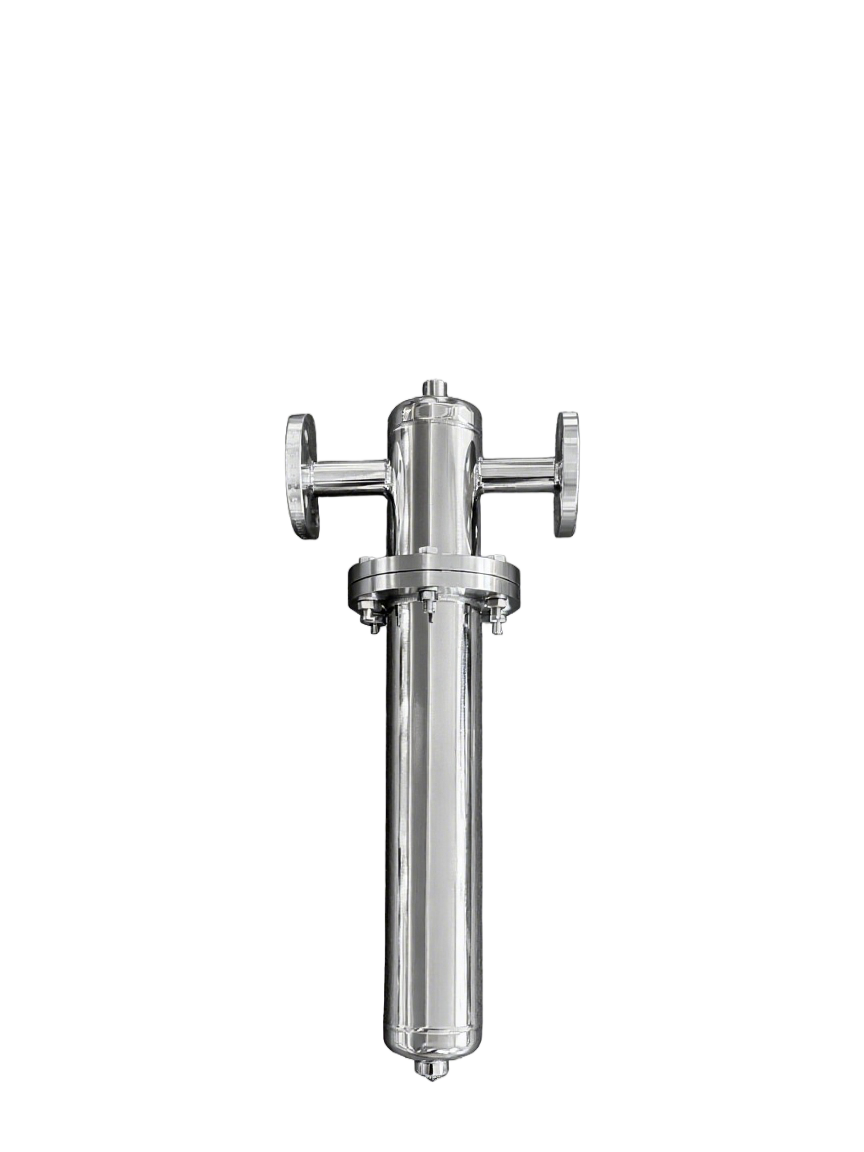The Hidden Costs of Precision: Unraveling Why Gauges Are So Expensive
In the world of manufacturing, engineering, and quality control, gauges play an indispensable role. These precision instruments are essential for measuring dimensions, pressure, temperature, and other critical parameters. However, a common question arises: Why are gauges so expensive? The answer is multifaceted, encompassing aspects of design, materials, technology, and the broader economic landscape. This article delves into the various factors contributing to the high costs of gauges, providing a comprehensive understanding for professionals and enthusiasts alike.
- The Complexity of Design and Engineering
One of the primary reasons for the high cost of gauges lies in their intricate design and engineering requirements. High-quality gauges must be designed to meet stringent industry standards, which often necessitates advanced engineering techniques. For instance, a gauge used in aerospace applications must withstand extreme conditions, including high pressures and temperatures, while maintaining accuracy. This level of precision requires sophisticated design processes, including computer-aided design (CAD) and finite element analysis (FEA), which add to the overall cost.
Moreover, the calibration of gauges is a meticulous process that ensures accuracy and reliability. Calibration involves comparing the gauge against a standard reference, which can be time-consuming and requires specialized equipment. The need for regular recalibration further contributes to the overall expense, as it necessitates ongoing investment in both time and resources.
- High-Quality Materials
The materials used in the manufacturing of gauges significantly influence their price. High-performance gauges are often constructed from premium materials such as stainless steel, titanium, or specialized alloys that can withstand harsh environments. These materials not only enhance durability but also ensure that the gauges maintain their accuracy over time.
For example, pressure gauges used in chemical processing industries must resist corrosion and chemical degradation. The selection of such materials is critical, as it directly impacts the gauge's lifespan and performance. Consequently, the cost of raw materials is a significant factor in the overall pricing of gauges.
- Advanced Technology and Innovation
The evolution of technology has led to the development of sophisticated gauges that incorporate advanced features such as digital displays, wireless connectivity, and data logging capabilities. These innovations enhance the functionality and usability of gauges, but they also come with a higher price tag.
Digital gauges, for instance, often include microprocessors and sensors that provide real-time data and improved accuracy. The integration of such technology requires extensive research and development, which is reflected in the final cost of the product. Additionally, manufacturers must invest in quality control processes to ensure that these advanced features function correctly, further driving up expenses.
- Regulatory Compliance and Certification
In many industries, gauges must comply with strict regulatory standards and certifications, such as ISO, ASME, or ASTM. Achieving compliance requires rigorous testing and validation processes, which can be both time-consuming and costly. Manufacturers must invest in quality assurance programs to ensure that their products meet these standards, adding another layer of expense to the production process.
Furthermore, the certification process often involves third-party testing and validation, which can significantly increase costs. For businesses operating in regulated industries, the investment in compliant gauges is not just a matter of cost; it is essential for ensuring safety and reliability.
- Market Demand and Supply Chain Factors
The demand for high-quality gauges in various industries, including automotive, aerospace, and pharmaceuticals, has surged in recent years. As industries strive for greater precision and quality control, the demand for advanced gauges continues to rise. This increased demand can lead to higher prices, especially when coupled with supply chain challenges.
Global supply chain disruptions, such as those experienced during the COVID-19 pandemic, have also impacted the availability and cost of raw materials and components. Manufacturers may face increased costs for sourcing materials, which can ultimately be passed on to consumers in the form of higher prices for gauges.
Conclusion
The high cost of gauges is a reflection of the complexity involved in their design, the quality of materials used, the incorporation of advanced technology, regulatory compliance, and market dynamics. For professionals in engineering and manufacturing, understanding these factors is crucial for making informed purchasing decisions. While the initial investment in high-quality gauges may be significant, the long-term benefits of accuracy, reliability, and compliance often justify the expense. As industries continue to evolve and demand greater precision, the value of investing in quality gauges will only become more apparent.
